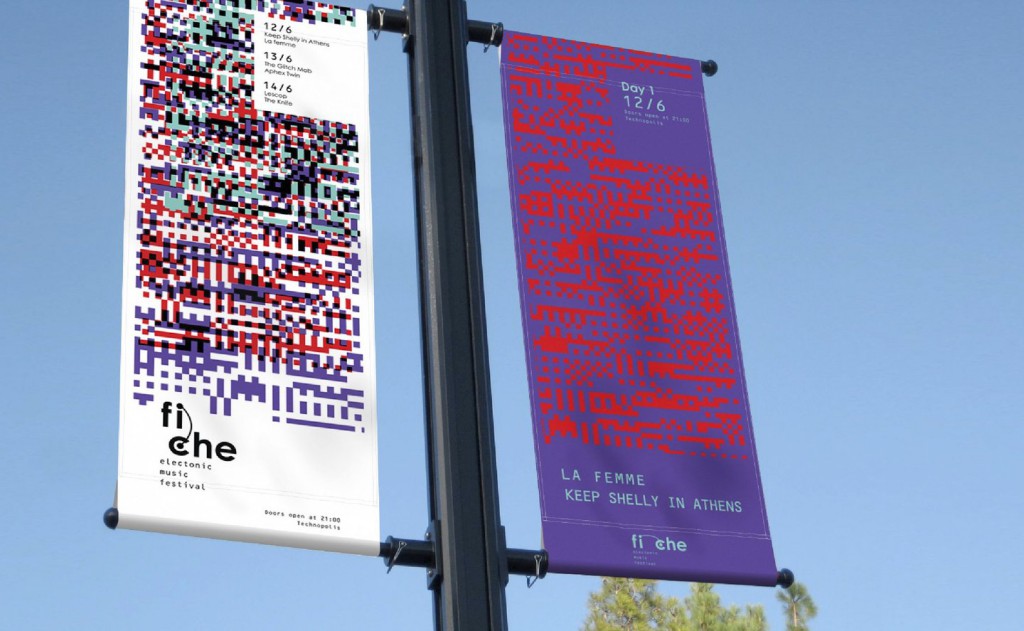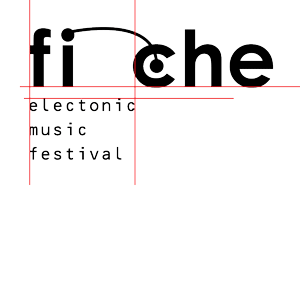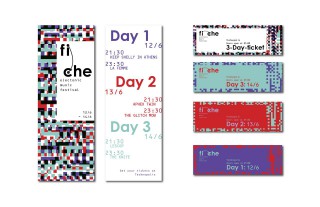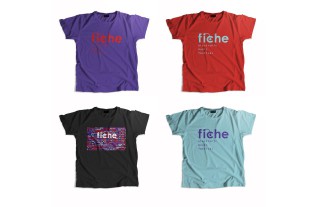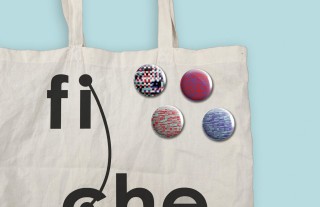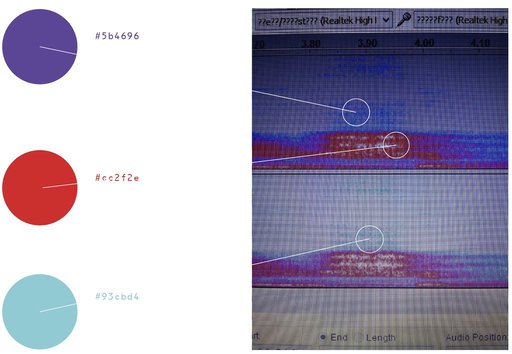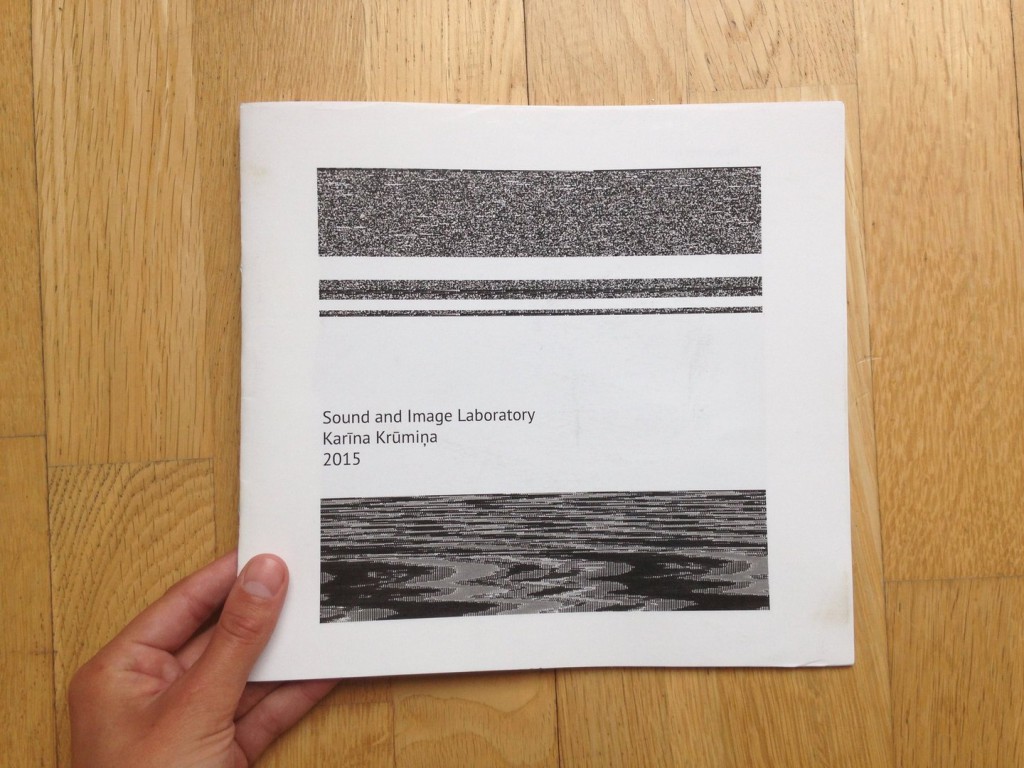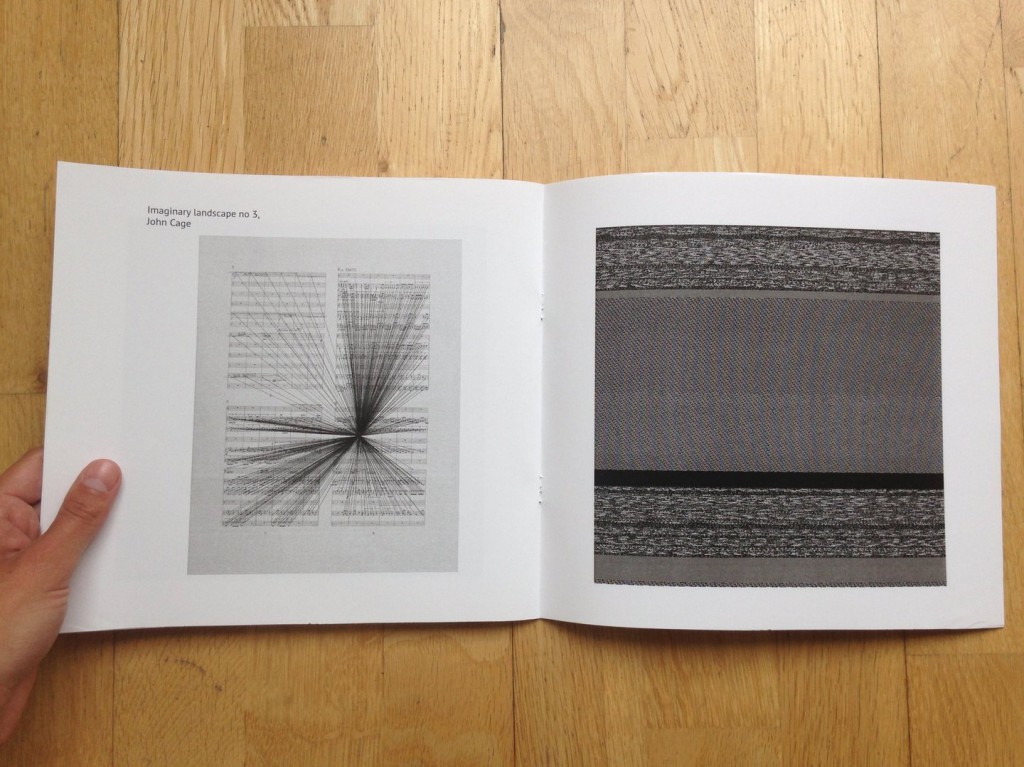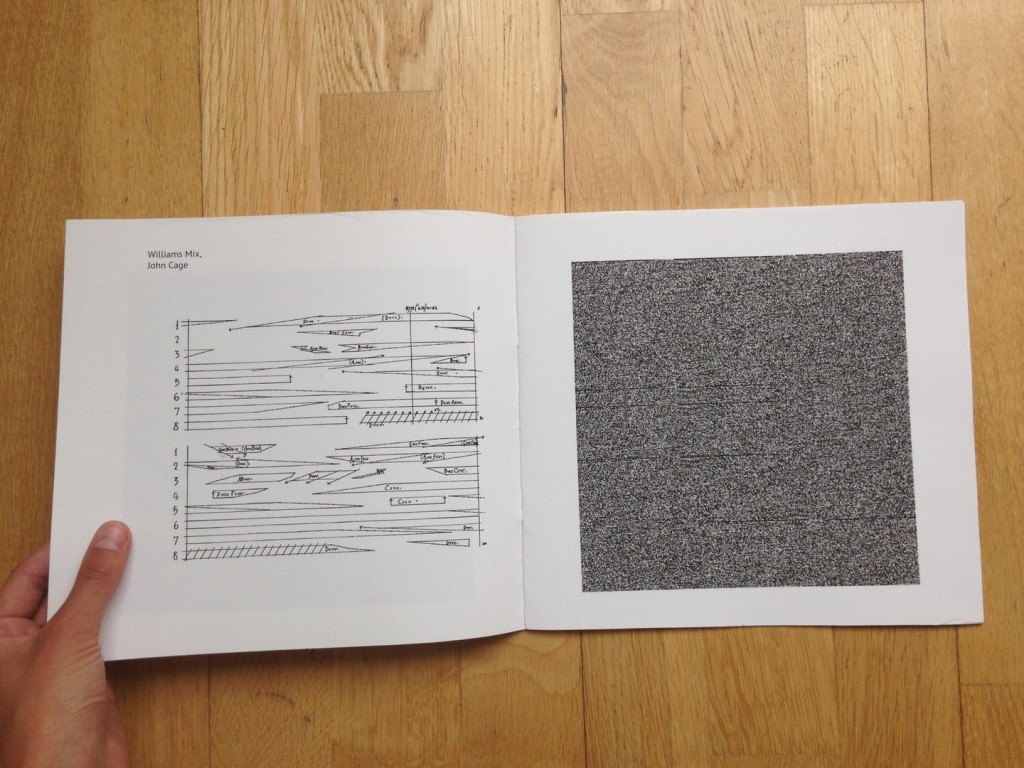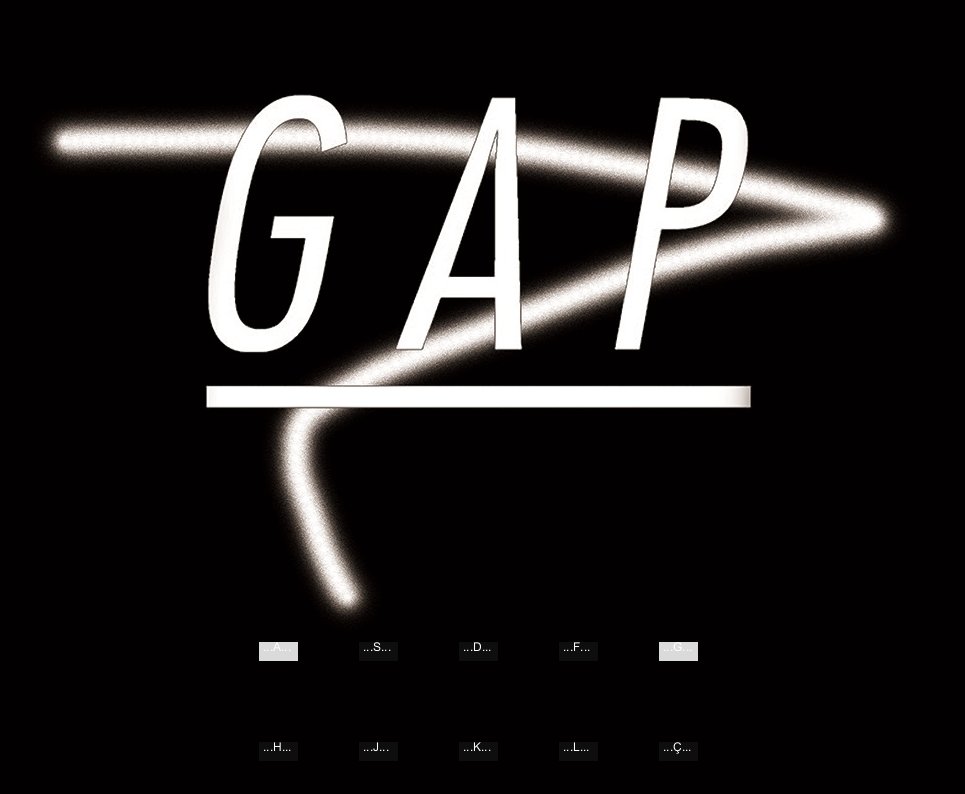Weave your Latvia
Aneta Tracuma, Tina Druva-Druvaskalne
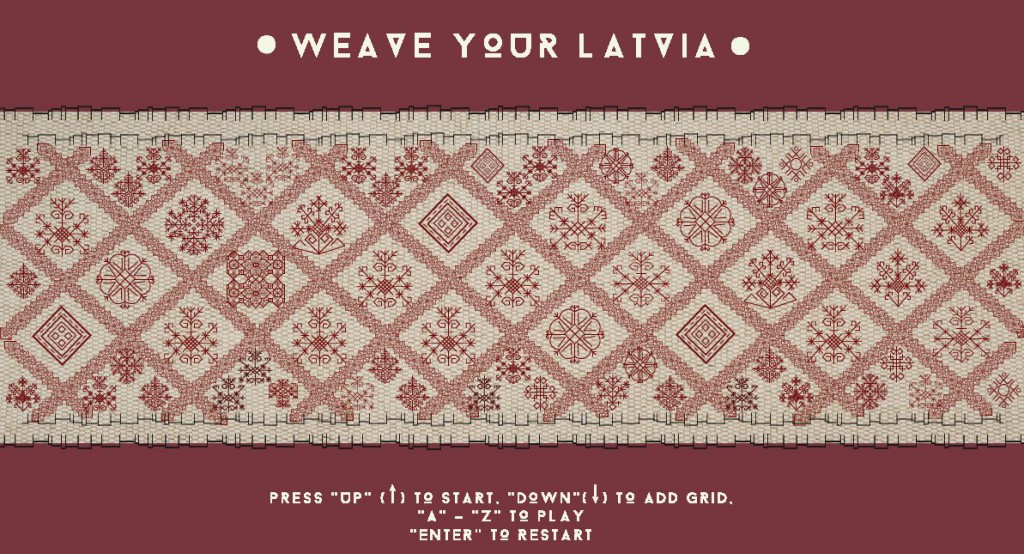
The Project was created by two Latvian students, who had been away from home for 5 months and started to feel a little homesick, so decided to incorporate this feeling in the Sound and Image Laboratory final project. The idea for the mechanism of the project came from endless hours spent playing with Patatap. But what we wanted to do – make it a bit more personalized, something that would be interesting to show people from other cultures. Since Latvians are quite in love with their traditional culture, the main elements of this project are traditional music instruments – kokle and percussion- and ethnographic symbols that the “player” can weave inside the “Lielvārde belt”. And that is how, with the help of Processing, the idea of “Weave your Latvia” became a reality.
https://www.youtube.com/watch?v=BAP0mVEpyyw
The project was made using Processing – to create the mechanism. And also Adobe Illustrator – to draw out the symbols used for drawing the belt. The built mechanism allows you to ”create” your own “Lielvārde belt” – on every key press (keys between “a” to “z”) a symbol will weave itself on screen accompanied by a chord of the traditional instrument kokle or a percussion. The symbols are set to appear at random and are attached to two separate grids – one for the big symbols and one for the small. You can also choose if you want the belt itself to be with a grid or without.
To read more about the traditional symbols, instruments used in the project and read about the process of how it was carried out, visit our weblogs:
Links
Aneta Tracuma (Liepāja, Latvia, 1993) studies at Vidzeme University of Applied Sciences, Journalism and Media Studies. Erasmus at University of Porto (FBAUP).
Tina Druva-Druvaskalne (Cēsis, Latvia, 1993) studies at Vidzeme University of Applied Sciences, Journalism and Media Studies. Erasmus at University of Porto (FBAUP).









